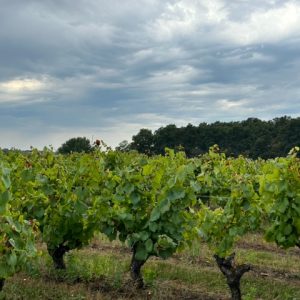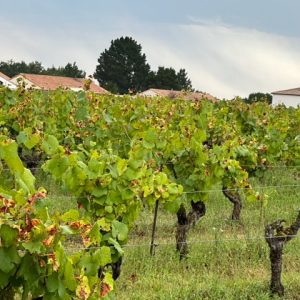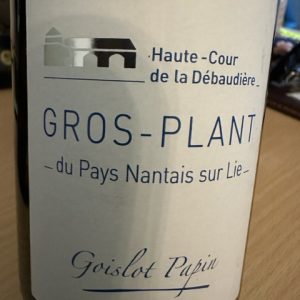Pays Nantais, Loire Valley
Many of my Parisian wine snob friends look down on the wines of le Pays Nantais. So I headed down for an inspection tour to see for myself.
Much of the vineyards of le Pays Nantais are located on the south side of the Loire River, south-east of Nantes. This lovely city is itself almost 400 km south-west from Paris, and 50 km inland from the Atlantic coast.
Since it was a drizzly day I headed straight to Le Musée du Vignoble Nantais (Museum of the Vineyards of Nantes), situated in the small town of Pallet. It’s a lovely little museum with lots of information about the history and current situation of the wine industry of the Nantes region.
I was also able to taste a delightful little “Muscadet”, the most well-known wine from the region. Muscadet is popular as a fresh, crisp white wine which is ideal to drink with oysters.
Muscadet is made from the Melon de Bourgogne grape variety. Although once grown in Burgundy, le Pays Nantais is now the only place where Melon de Bourgogne is now grown in France. The name Muscadet refers to its alleged musk-like taste, though some wine experts claim Muscadet wines do not have much, if any, muskiness or Muscat-like flavors or aromas.
Despite its supposed modesty, the Muscadet appellation contains three regional sub-appellations beyond the generic Muscadet, namely, Muscadet-Sèvre et Maine (80% of all Muscadets), Muscadet-Coteaux de la Loire, and Muscadet-Côtes de Grandlieu.
To the surprise of many, Muscadet wines are now being aged for up to ten years and more. While the young vintages are lively and delightful, it is upon ageing that these wines reveal their richness and complexity. These “crus communaux” are the best wines that the Nantes wine region has to offer.
Muscadet’s ten crus communaux are cultivated on two hundred hectares (494 acres) of vineyard by one hundred winegrowers. The crus communaux are: Clisson, Gorges, Le Pellet, Goulaine, Chateau-Thebaud, Mouzillon-Tillieres, Monnieres-Saint Fiacre, la Haye-Fouassiere, Vallet, and Champtoceaux.
Lastly, there is another wine from le Pays Nantais, Gros-plant du Pays Nantais, which should also never be underestimated. Tart, briny and lemony, it is a true product of the nearby Atlantic Ocean. Its pale hue has light golden and green highlights, even when grapes are harvested at the height of maturity. Its refined nose delivers aromas of flowers, green sprouts, grapefruit and lemon.
Overall, a similar story emerges in le Pays Nantais to that which I have witnessed in Cour-Cheverny, and other second-tier wine areas in France. The story is that these areas are modernising thanks to a new, younger generation of formally qualified winemakers who are employing new technologies and modern science. Unfortunately, it can take a long while for this new, emerging reality to seep into the conscience of wine elites in Paris.
After visiting the Museum, I wandered around the small town of Le Pellet, and inspected some of the vineyards. From there, I caught a local train to another delightful little town, Clisson, before heading back to Nantes and then Paris.
A visit to the Pays Nantais may only be high on the list for intrepid wine walkers like me. But the visit was illuminating and revealing.





